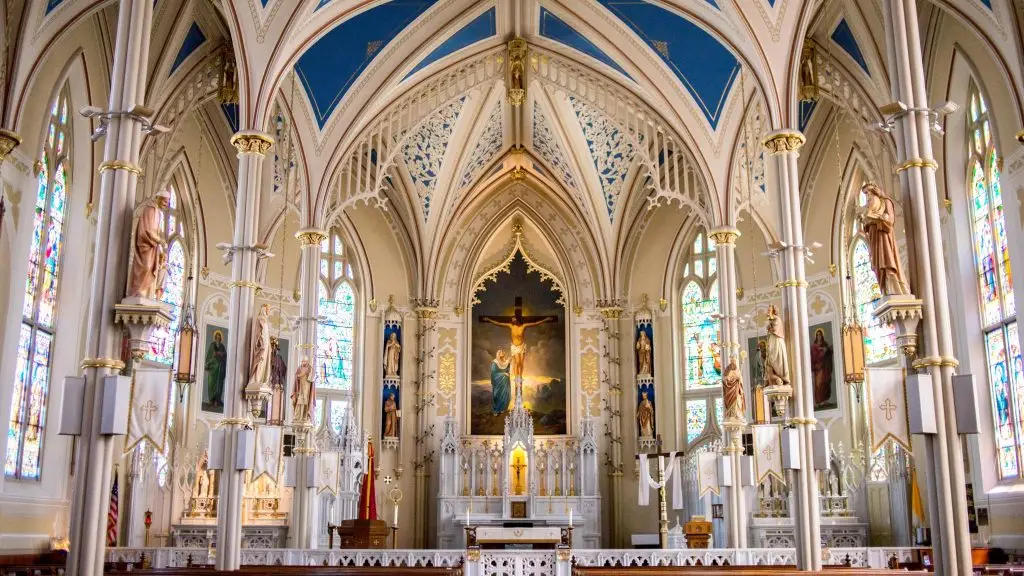It was proclaimed at the Ecumenical Council of Nicaea in 325 and expanded by the Ecumenical Council of Constantinople in 381. (Church councils are “authorized gatherings of bishops for the purpose of discussing ecclesiastical problems with a view to passing decrees on matters under discussion [Fr. John Hardon].) This statement refers to The Nicene Creed Prayer, a foundational declaration of Christian faith that professes belief in the Holy Trinity and the core doctrines of Christianity.“…[T]he Nicene Creed was produced by the Council of Nicea I (325), which was convoked to combat the heresy of Arius, who basically denied the divinity of Christ. Here the Council wanted to teach very clearly that Jesus Christ is ‘consubstantial’ or ‘one in Being’ with the Father, sharing the same divine nature; that He is begotten, not made or created; and that Mary conceived by the power of the Holy Spirit, and through her, Jesus Christ, true God, became also true man. The original text of the Nicene Creed ended at the phrase, ‘And in the Holy Spirit.’ Without question, the basis for the Nicene Creed was the Apostles’ Creed and the profession of faith administered at baptism.

